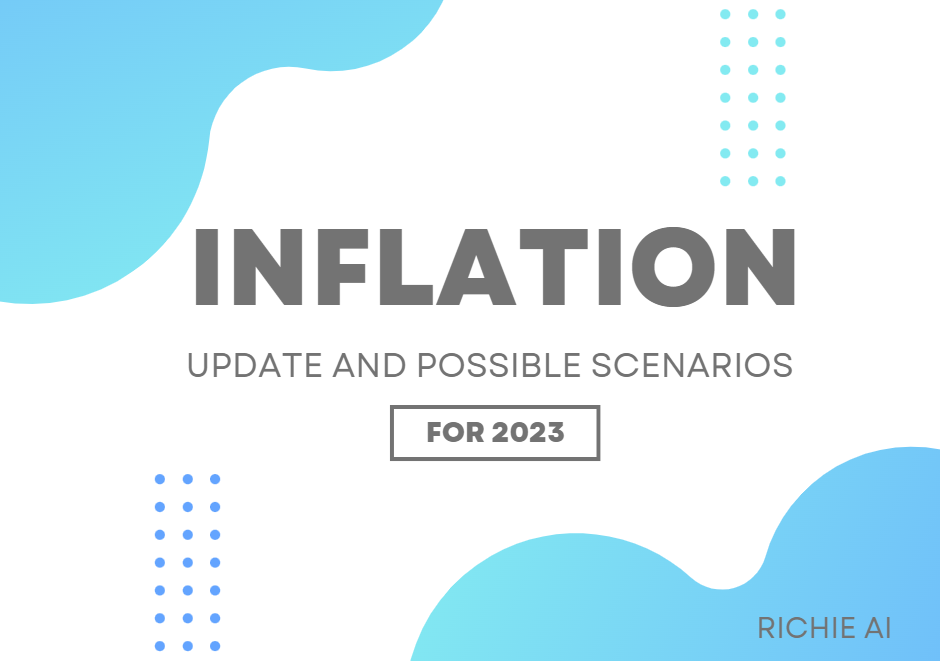
Inflation: Update and Possible Scenarios for 2023
Inflation is now the most pressing problem the American government needs to solve, since it has not reached this high in 40 years, and is affecting the purchasing power of consumers. So, why has inflation soared so high? What has the government done to solve the problem? And what can we expect for 2023?
During the pandemic crisis, the Federal Reserve printed approximately 3.3 trillion dollars to help US companies and citizens. If we look at the M2 chart from the Federal Reserve Bank of St. Louis, we can see the economic growth during the last few years.

Source: https://fred.stlouisfed.org/series/WM2NS
But when the government prints so much money and the economy cannot absorb it, inflation rises. Looking at the chart below, it clearly shows how inflation starts to rise as M2 grows.

Source: https://www.statista.com/statistics/273418/unadjusted-monthly-inflation-rate-in-the-us/
Since inflation is a consequence of excess money, the way to solve the problem is to remove that excess from the economy. To do that, the Federal Reserve started raising the federal funds rate from 0.25% at the beginning of 2022 to 4.75% in the last FOMC meeting at the beginning of February 2023.

Source: https://tradingeconomics.com/united-states/interest-rate
That move seems to have been working until now since the inflation peaked in June 2022 when it reached 9.1%, and then dropped to 6.5%. But there is still a long way until inflation is brought under control. The New York Federal Reserve president, John Williams, said the inflation fight could last until 2024, so what should we expect for 2023?
The Federal Reserve has already started phase one of the pivot, meaning the interest rate hikes are lower, and the first scenario is the most optimistic one. During 2022, the rates rose at a pace of 0.75% for several months in a row, but in the February 2023 FOMC meeting, they decided on a 0.25% increase, confirming the pivot after the 0.5% rise in December 2022.

Source: https://www.forbes.com/advisor/investing/fed-funds-rate-history/
In this scenario, we can expect one or two more rises of 0.25% until the Federal Reserve determines no more hikes are needed, at which point they will keep the federal funds rate at the same level for a couple of months until inflation is under control. Once the fight against inflation has concluded, the federal funds rate will be slowly reduced again to 0.25%. The goal of the Federal Reserve is to reduce inflation to 2%. If this happens, the US economy may fix inflation and slow down the economy, avoiding a recession. However, there is no consensus about this happening as while Powell says a soft landing is possible, several banks including Bank of America and JP Morgan are talking about a mild recession.
Reducing inflation does not only concern taking money out of the economy since the Federal Reserve also needs to cool down the economy, which means reducing the consumer purchase power and generating unemployment so demand for products is reduced, helping prices fall. So, to talk about the second scenario, we have to look at the unemployment rate since this is one of the most important indicators to anticipate what the Fed could decide. The latest report published by the Fed shows a decrease in the unemployment rate from 3.5% in December 2022 to 3.4% in January 2023, showing that the economy is not cooling down, and indicating that interest rates could last for a few more months.

Source: https://fred.stlouisfed.org/series/UNRATE#
Some experts believe that the federal funds rate could peak at 5.25%, meaning interest rates would rise for two more months at a pace of 0.25% per month as mentioned in the first scenario. However, if the economy does not cool down, we could see more rate hikes, potentially leading to a recession. The more the interest rates rise, the closer the American economy is to recession. In my opinion, this is the most likely scenario, although not the worst.
What could be worse than a recession? The last and worst scenario is less probable, but we must not overlook it. During the inflation crisis in the 70s, the federal reserve, to prevent an economic recession, decided to stop raising interest rates too soon, causing inflation to peak again twice more.

Source: https://www.tradingview.com/x/n7wWov8j/
That was mainly due to the lack of support from the politicians towards the federal reserve, which led to the hardest inflation crisis in US history. Up to now, Jerome Powell seems to have enough support to implement more interest increases, but we don´t know what might happen if the US economy officially falls into recession. If the Fed gets pressured to stop raising interest rates and avoid a recession, that could lead to a new inflation peak and a crisis resembling the those in the 70s and 80s.
Finally, how could the federal funds rate rises affect embedded lending? Commercial banks use the federal funds rates as a reference to establish the interest rates for loans. So, taking into account that embedded lending generally offers lower rates and more flexible conditions than banks, this scenario could present an opportunity for the embedded lending industry to grow in a context where obtaining loans could be harder.
#inflation #recession #richieai #embeddedlending

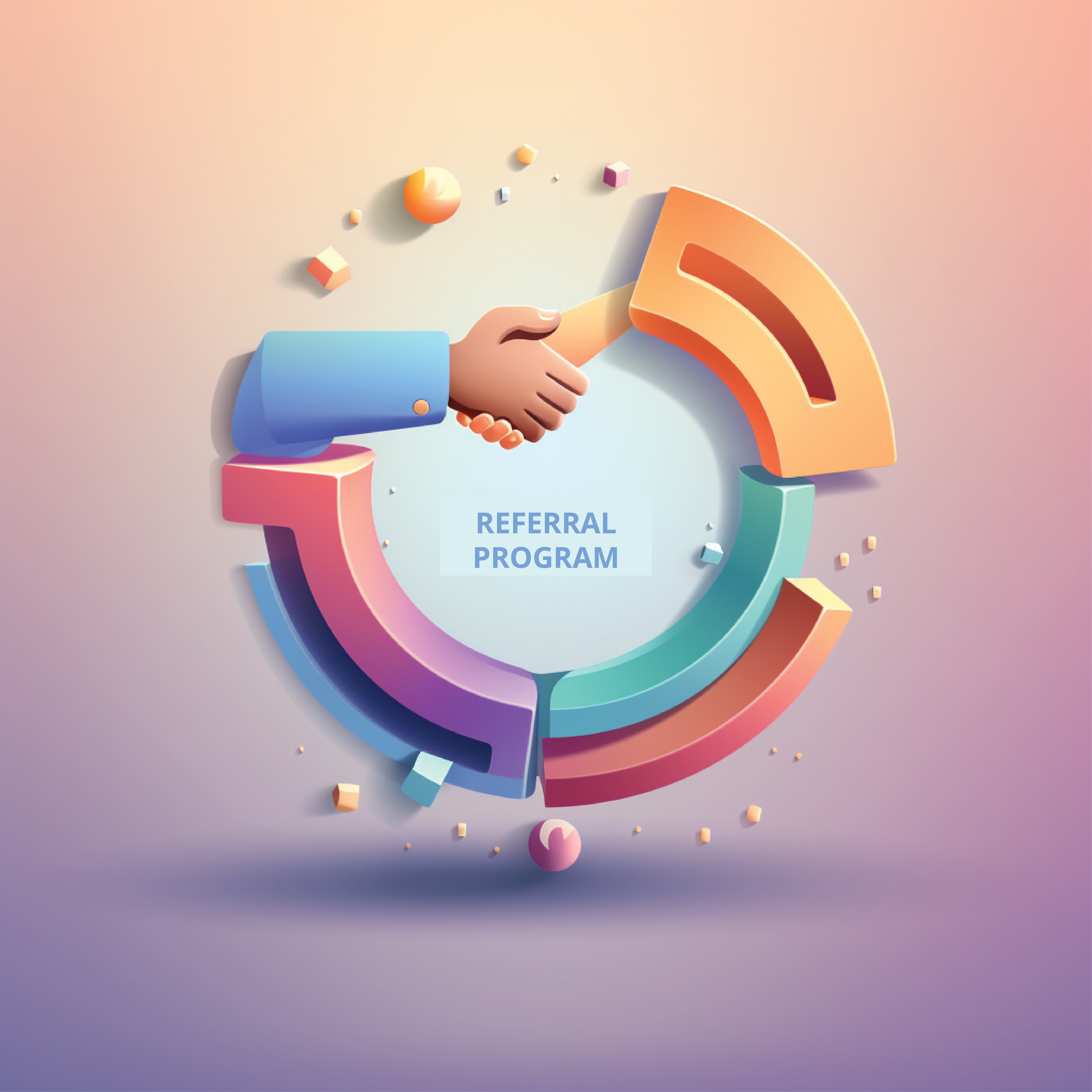
























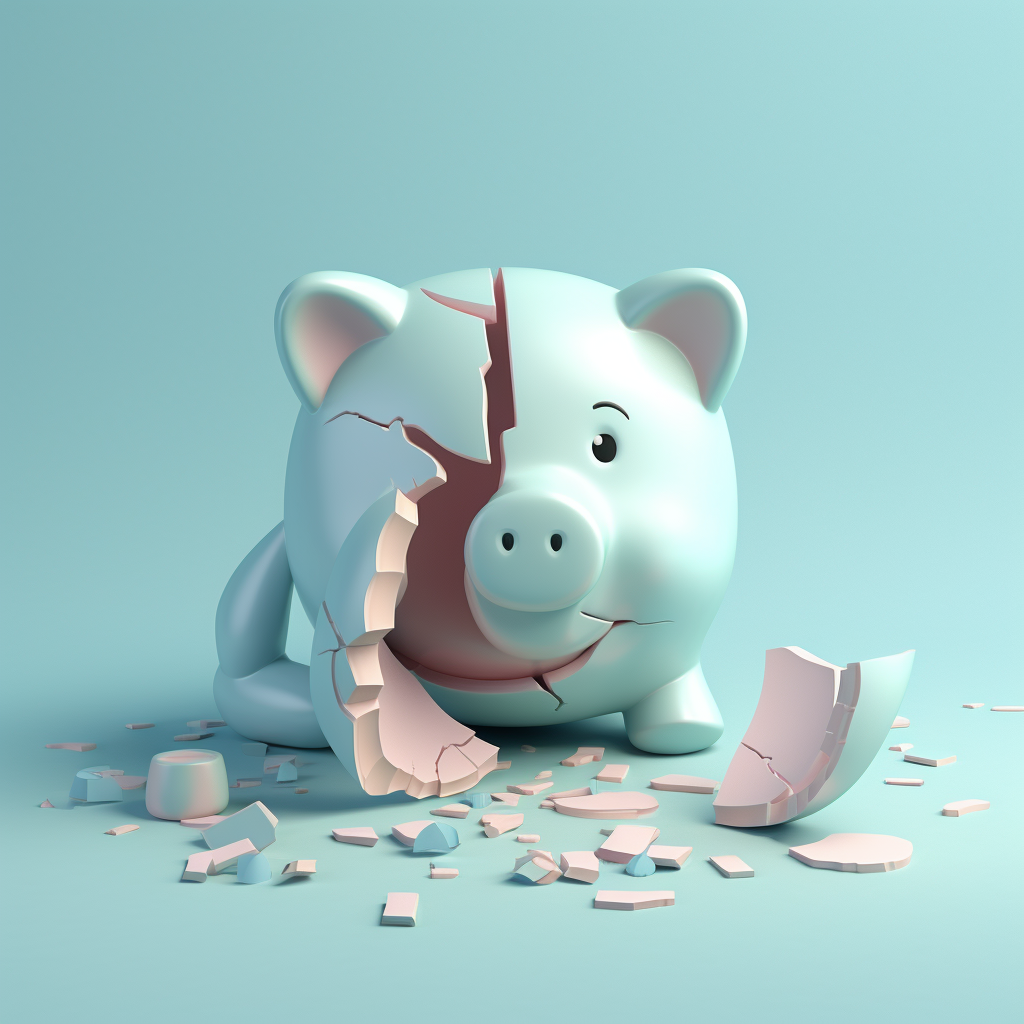

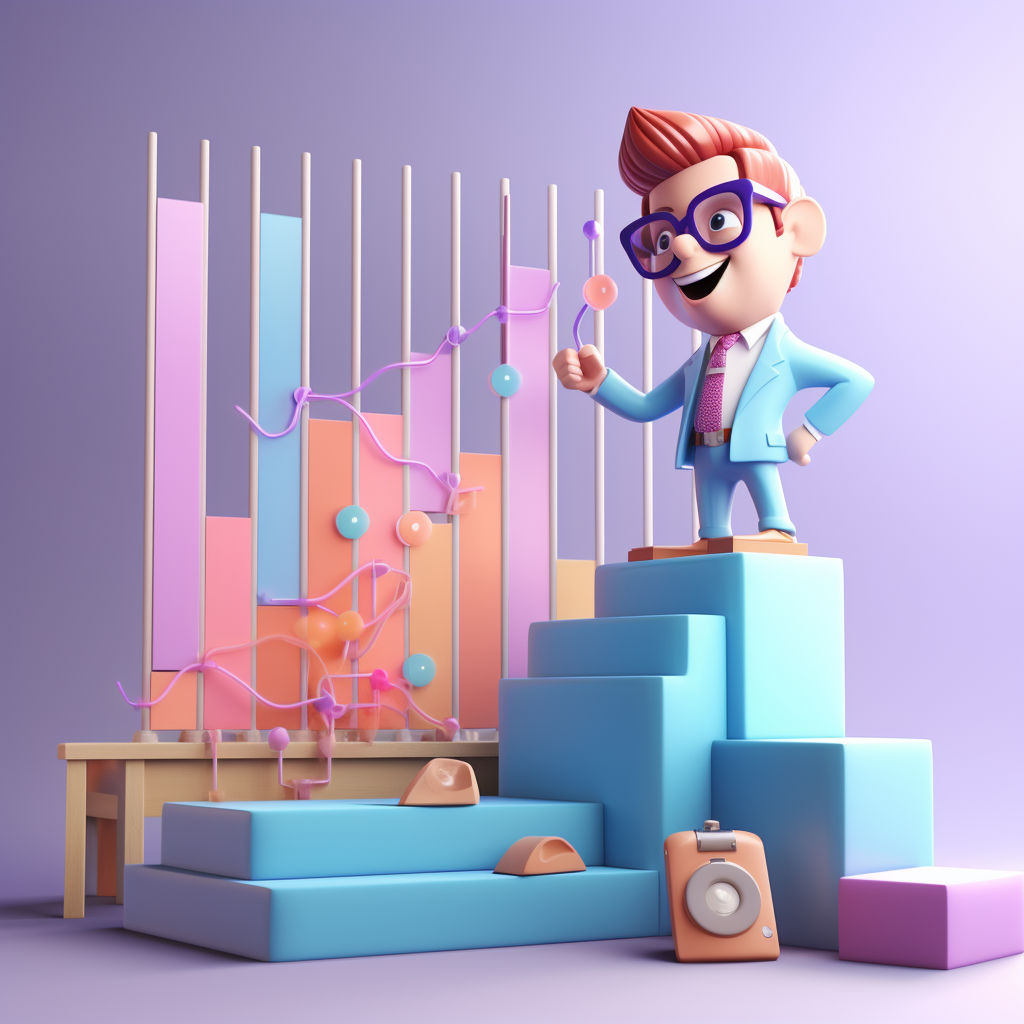
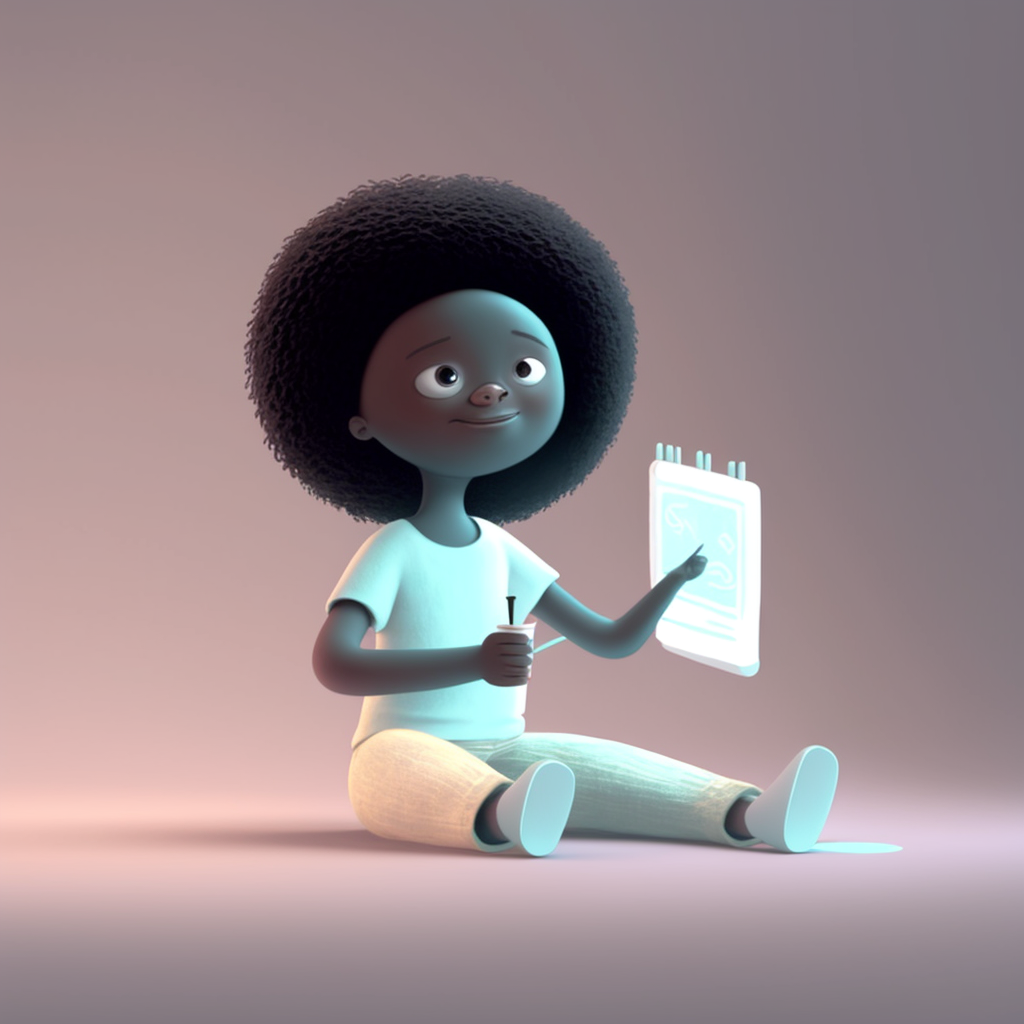

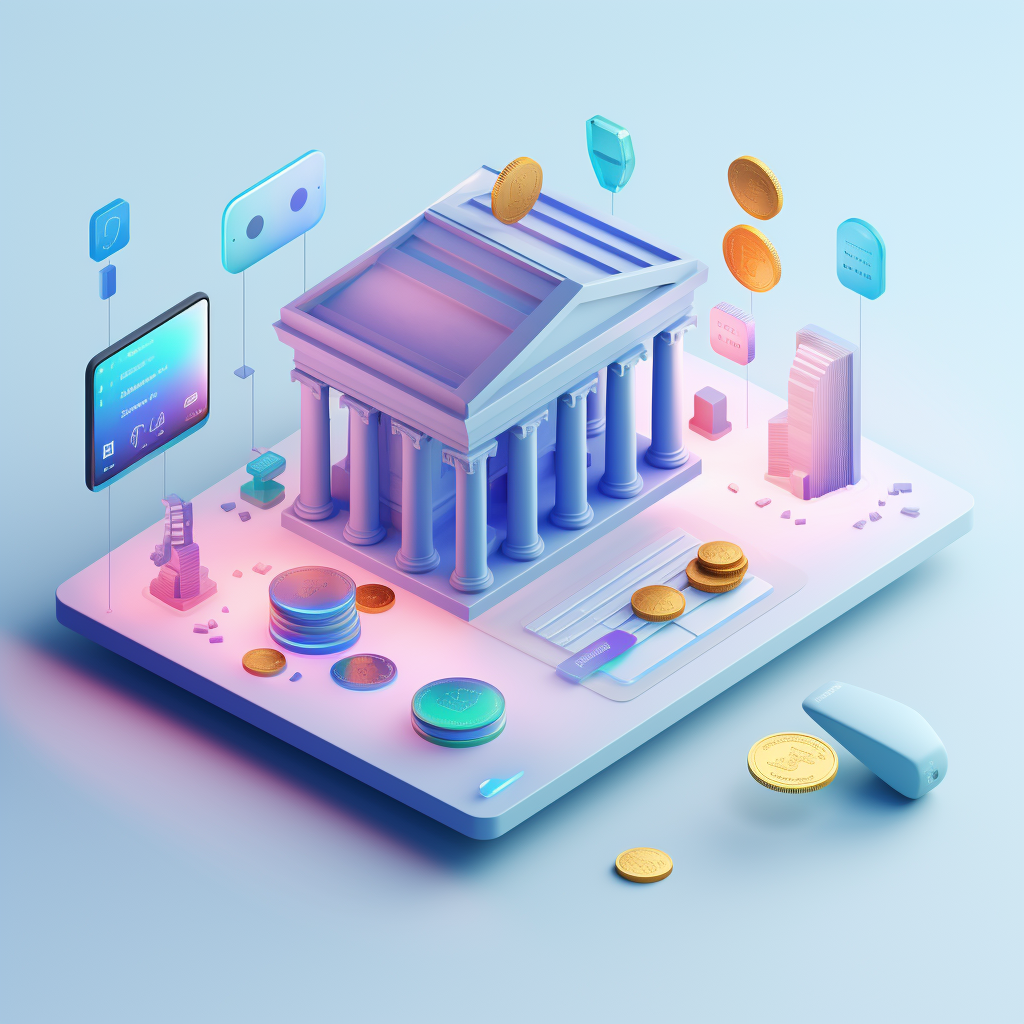

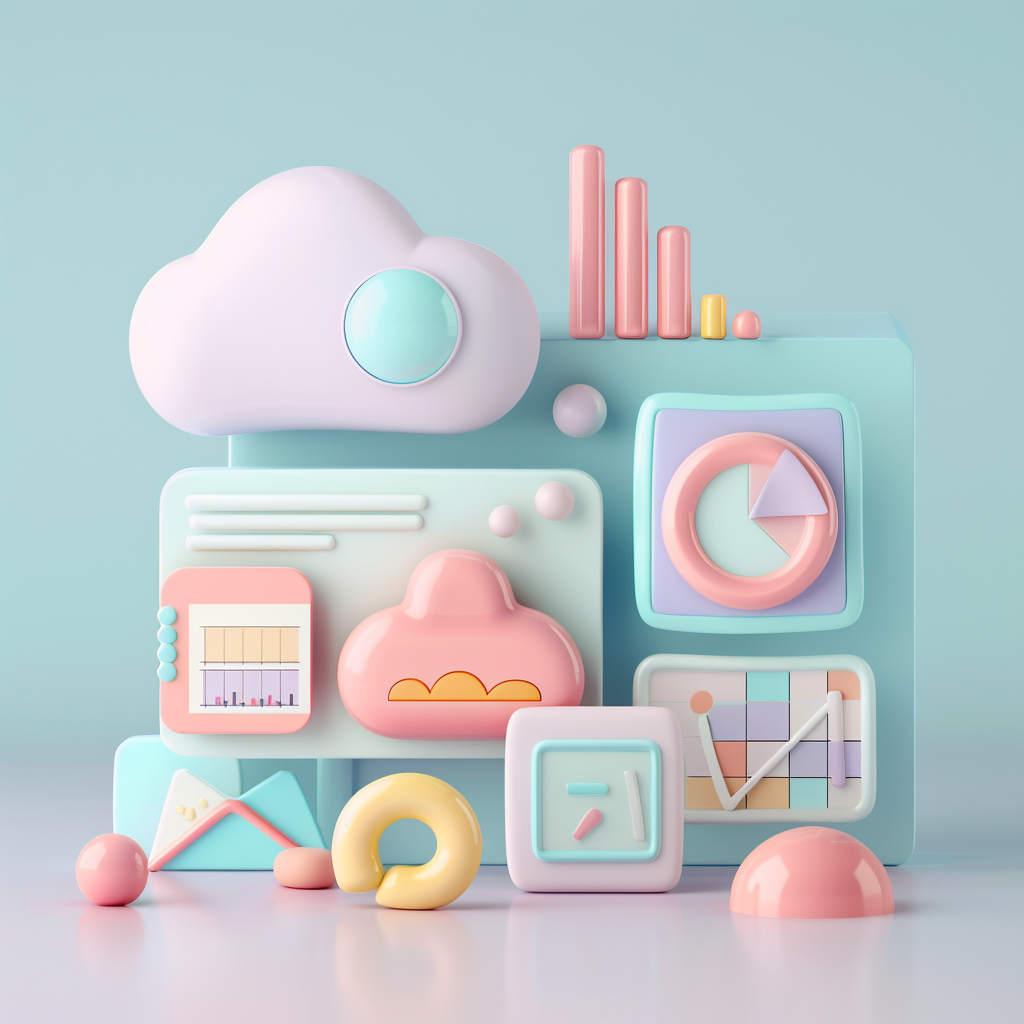









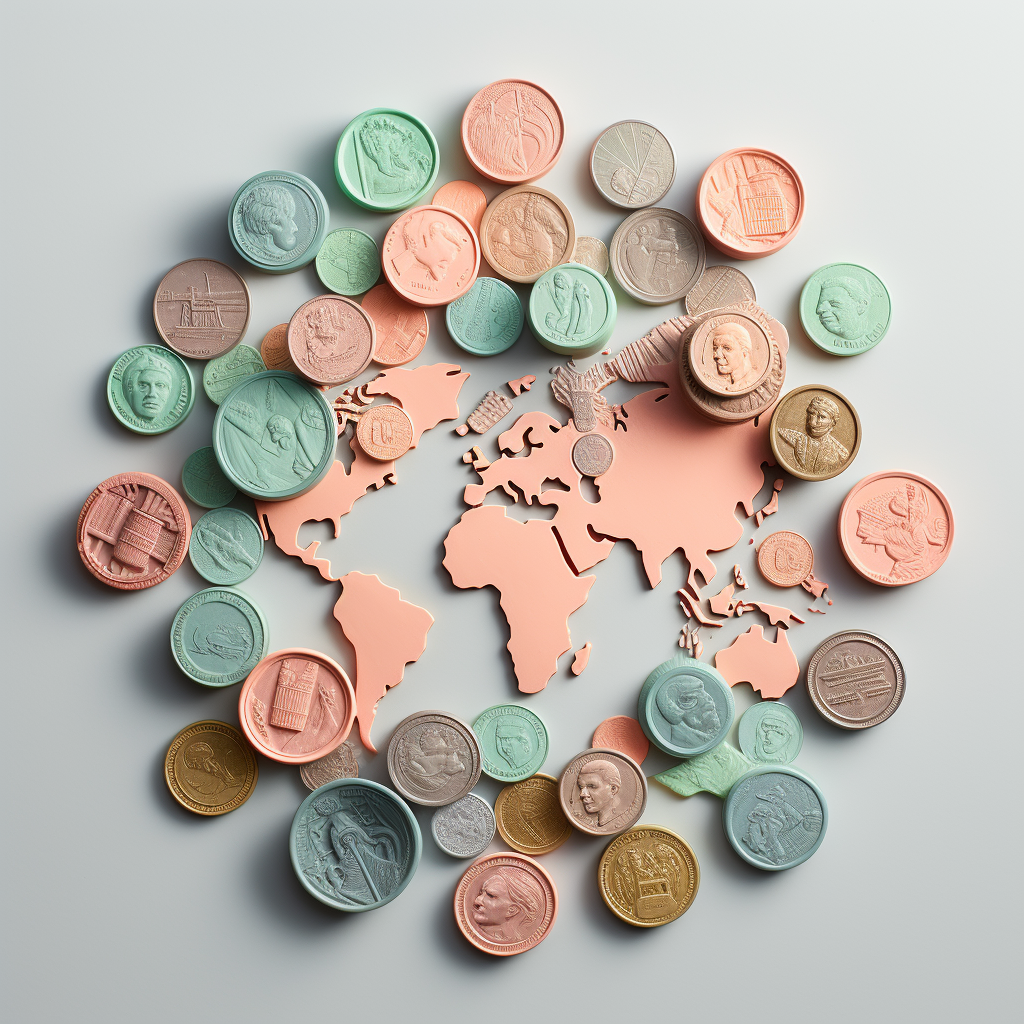
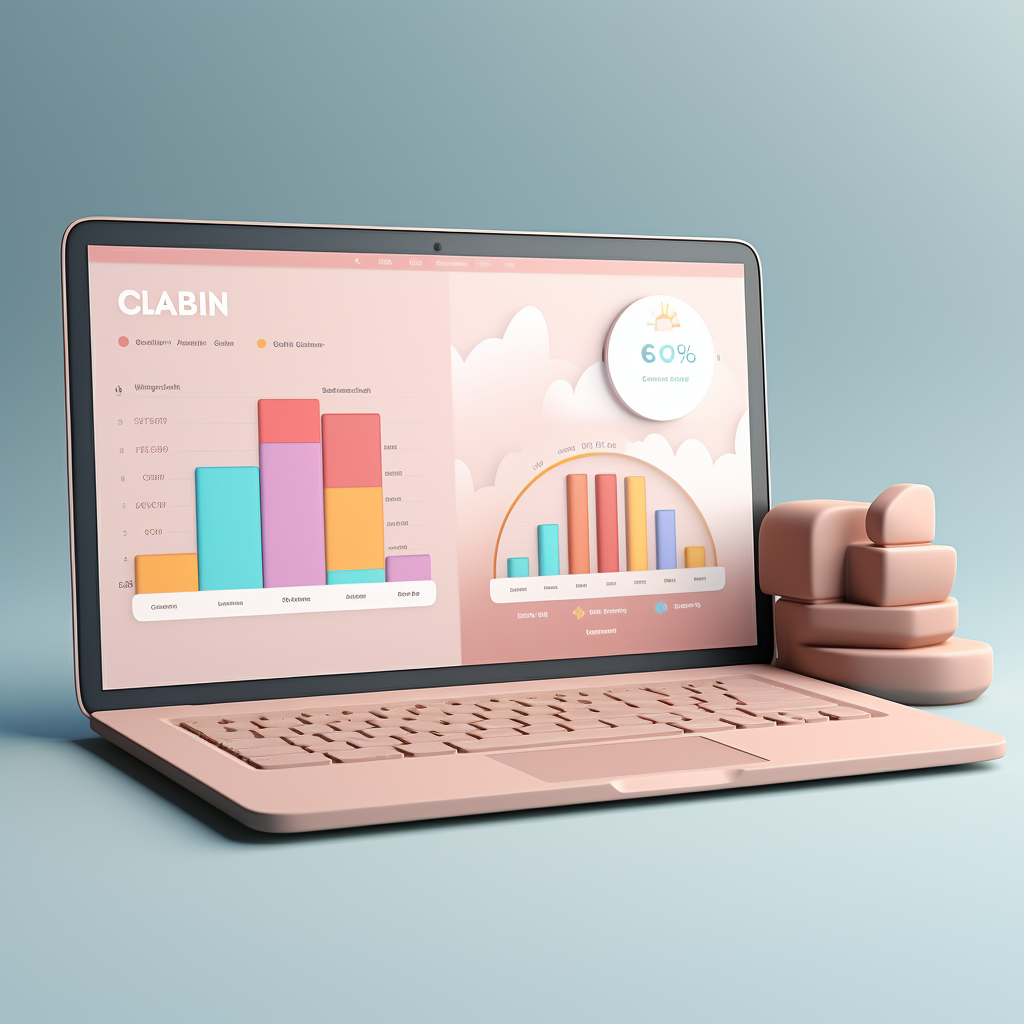

.png)
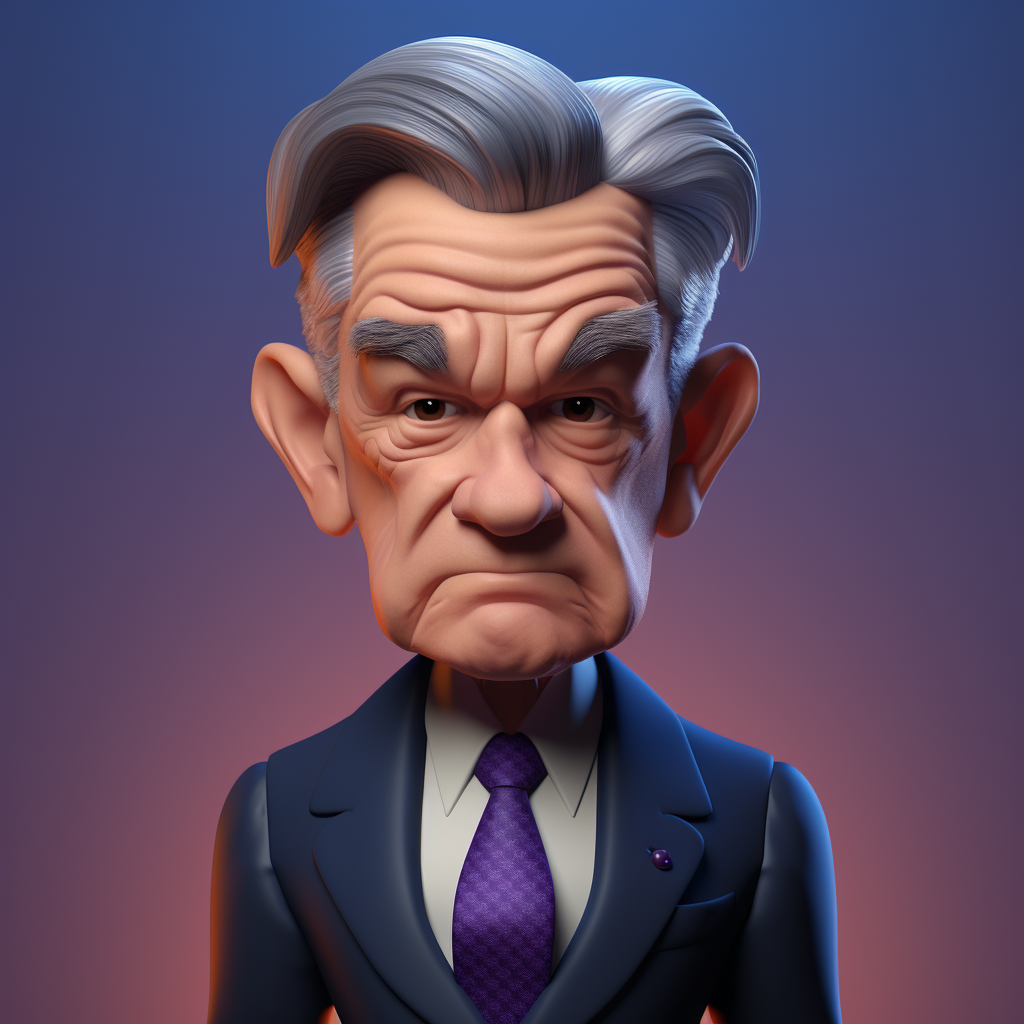



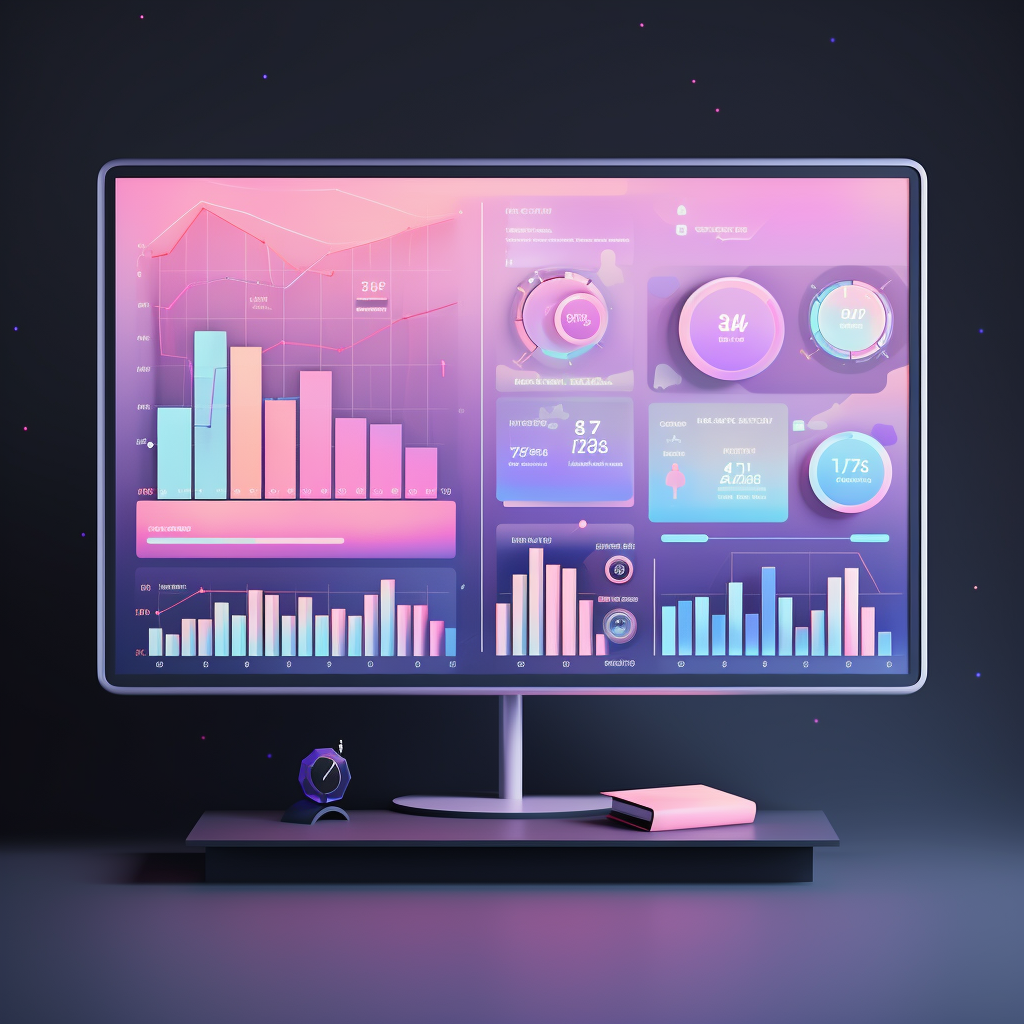
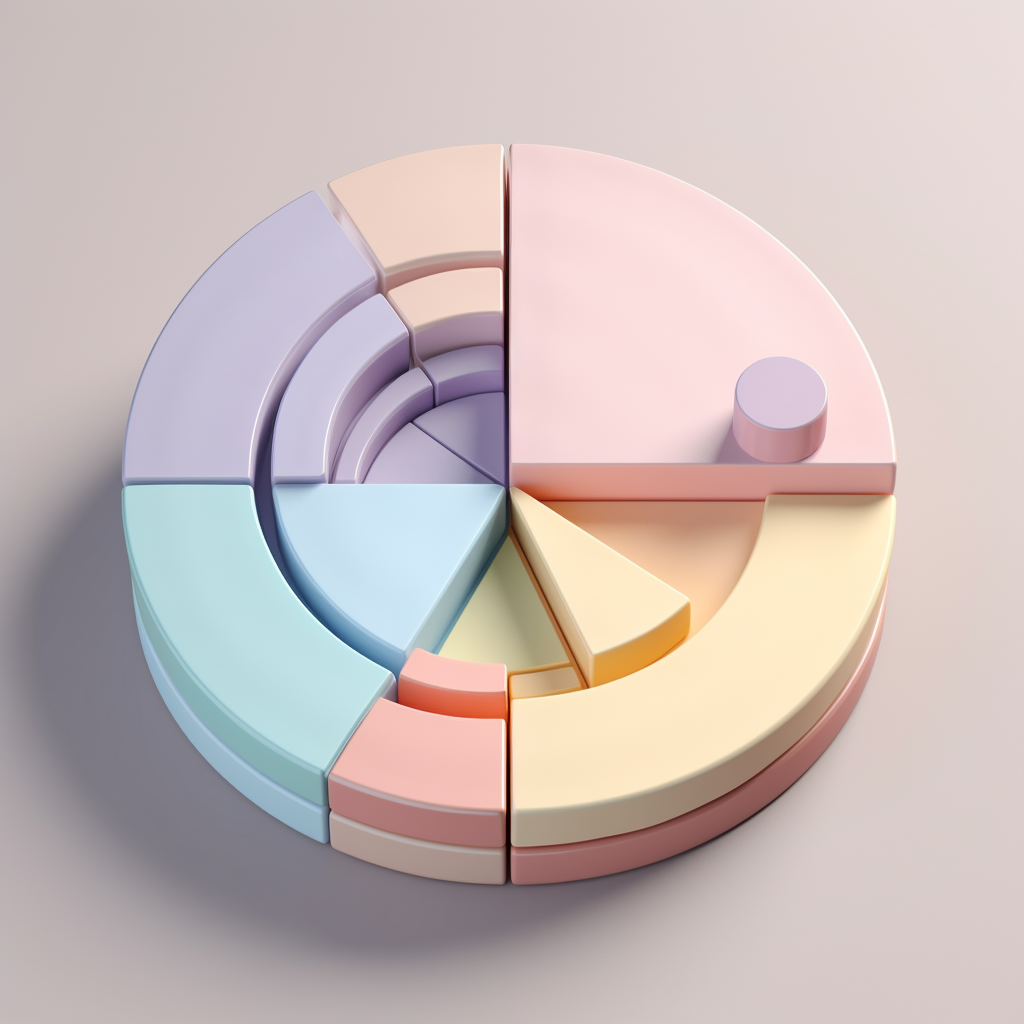






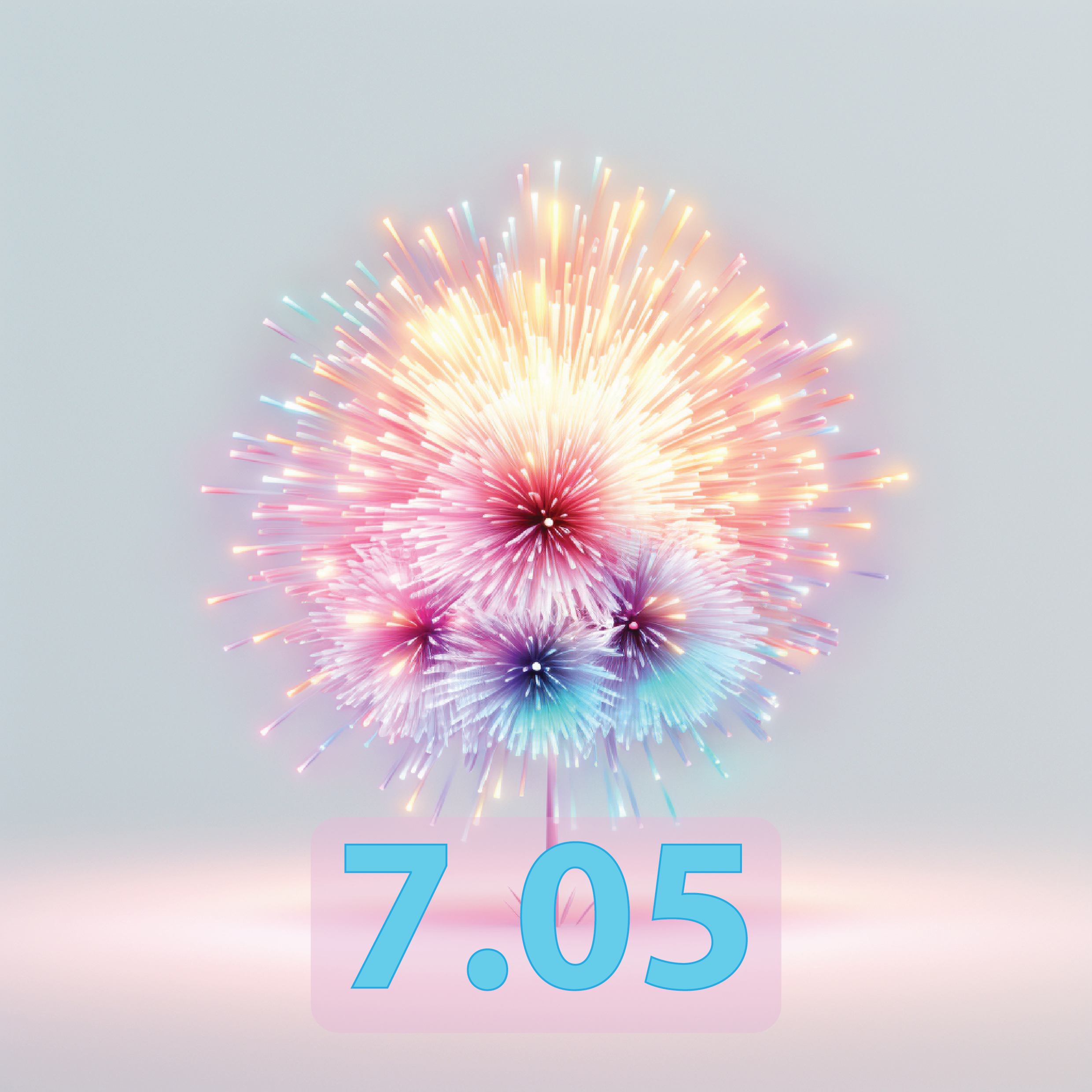



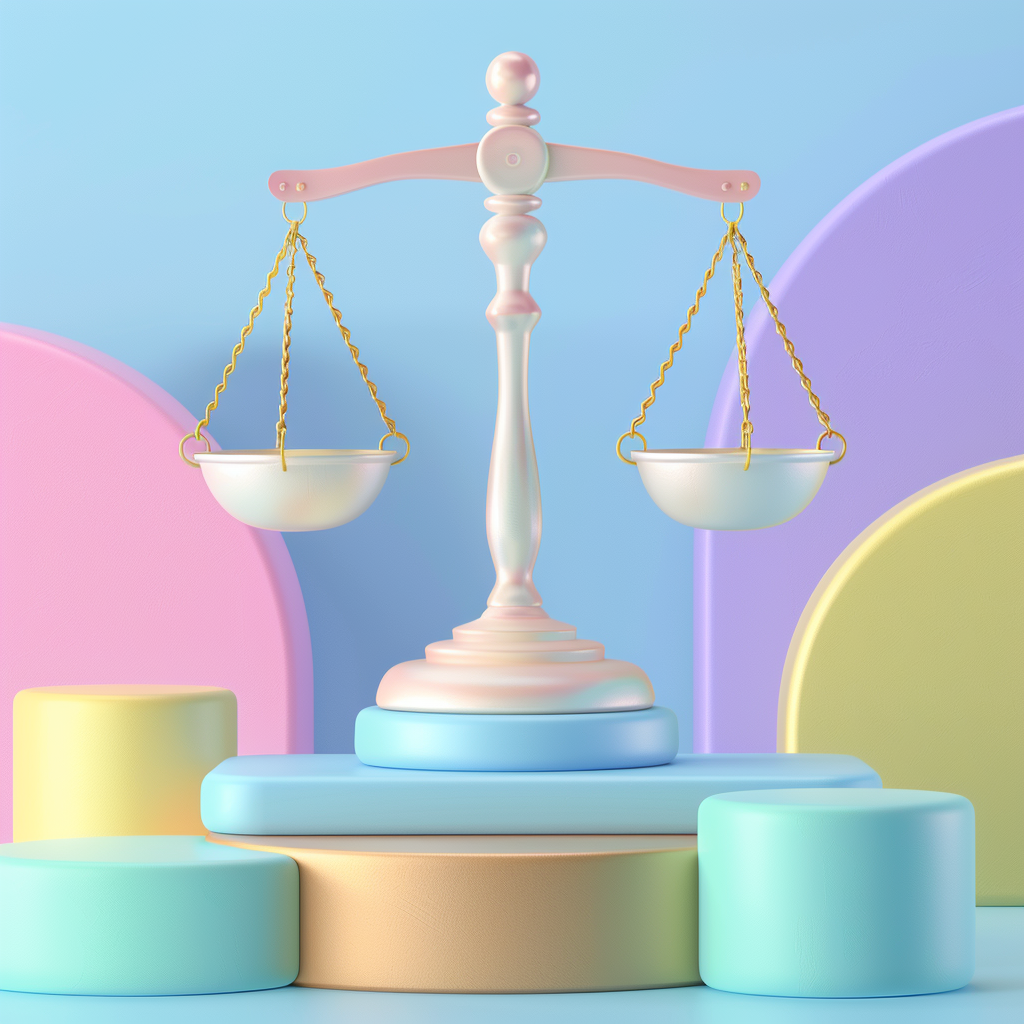

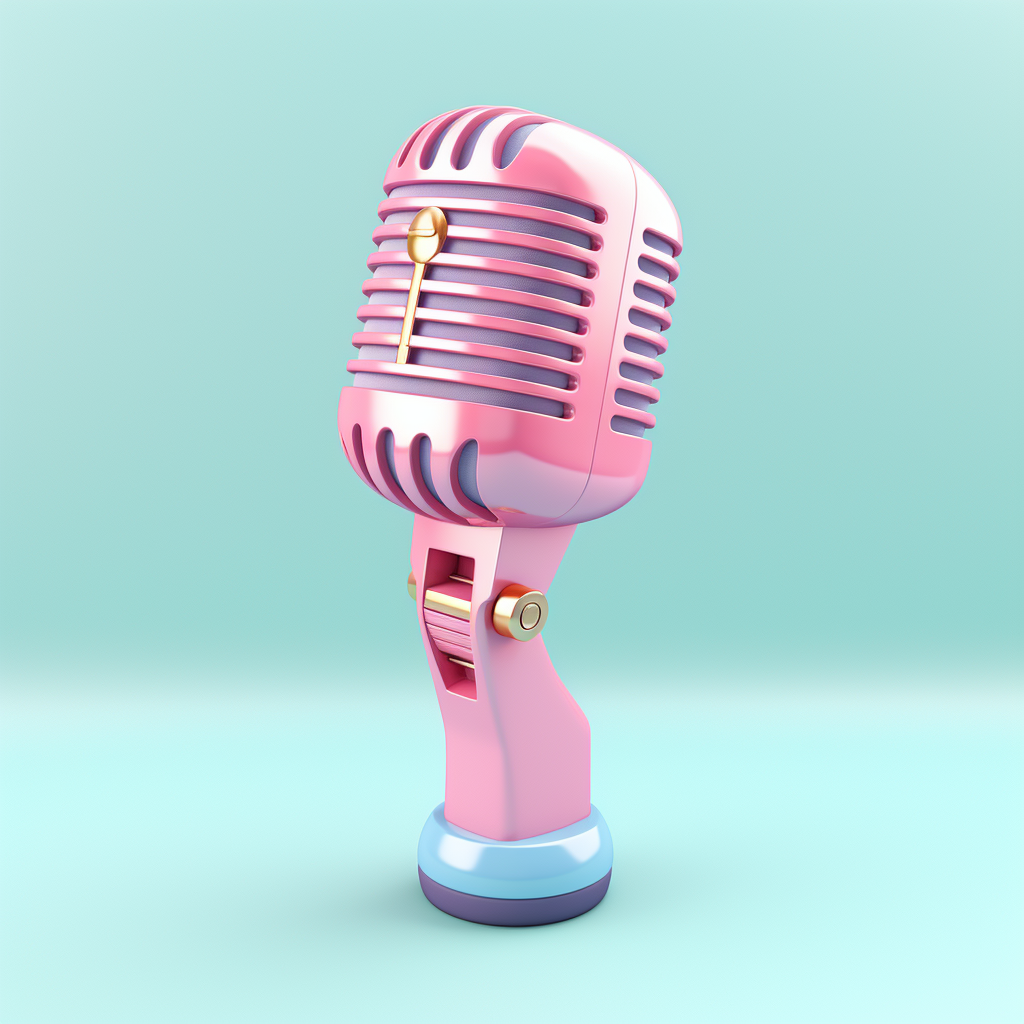





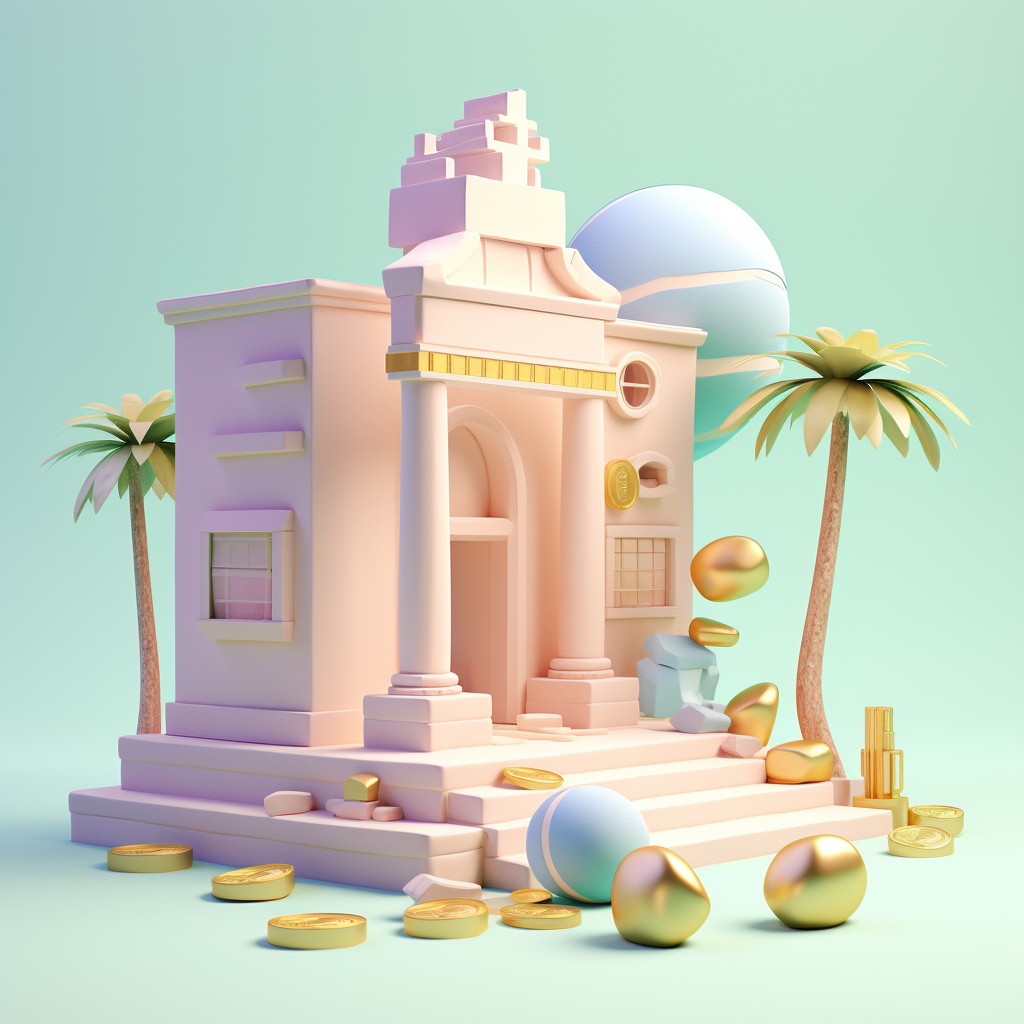

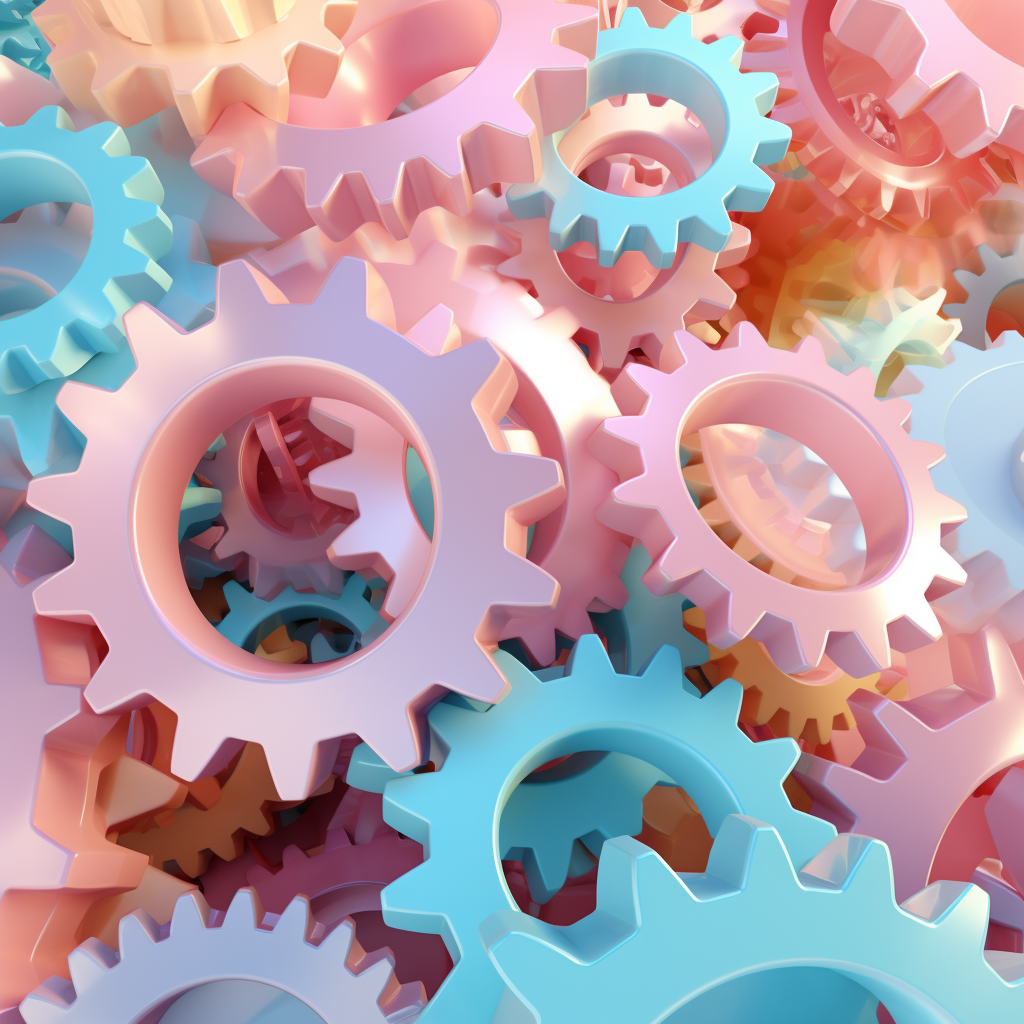







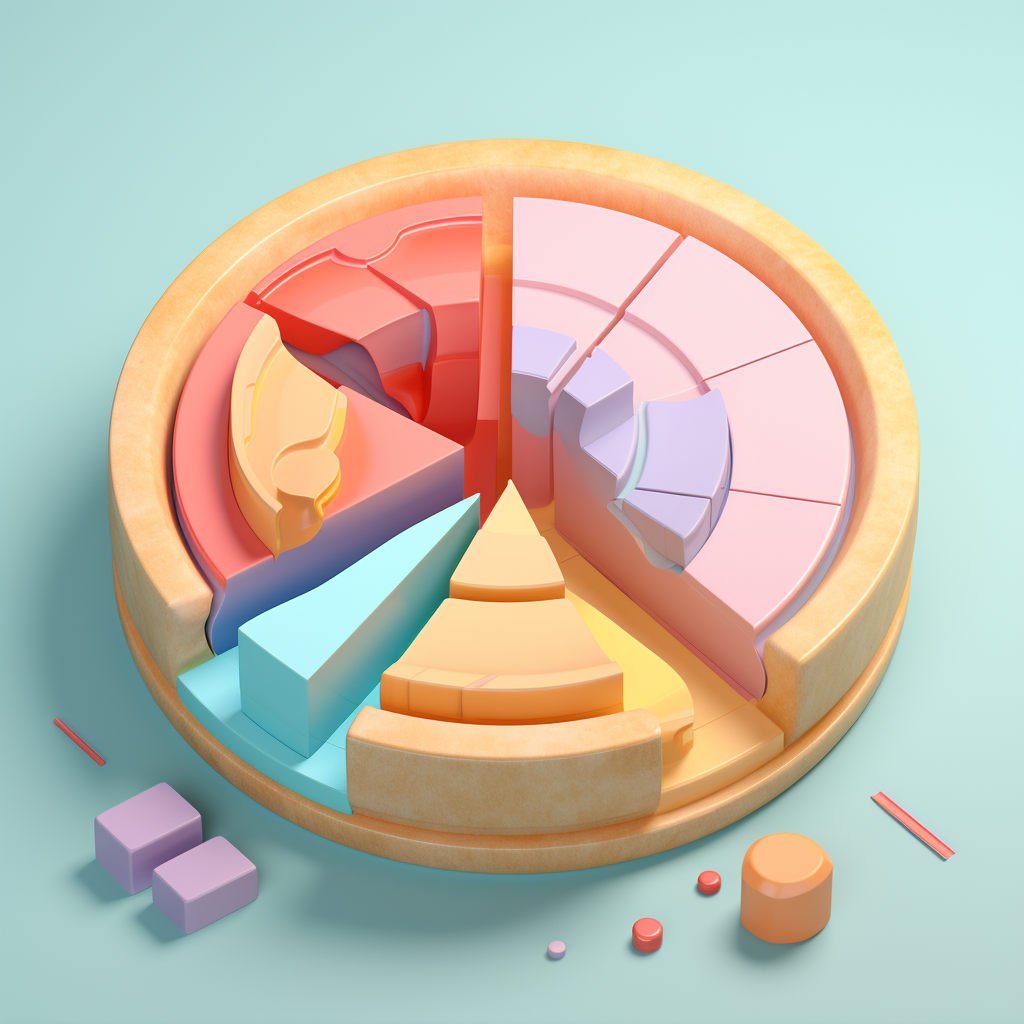

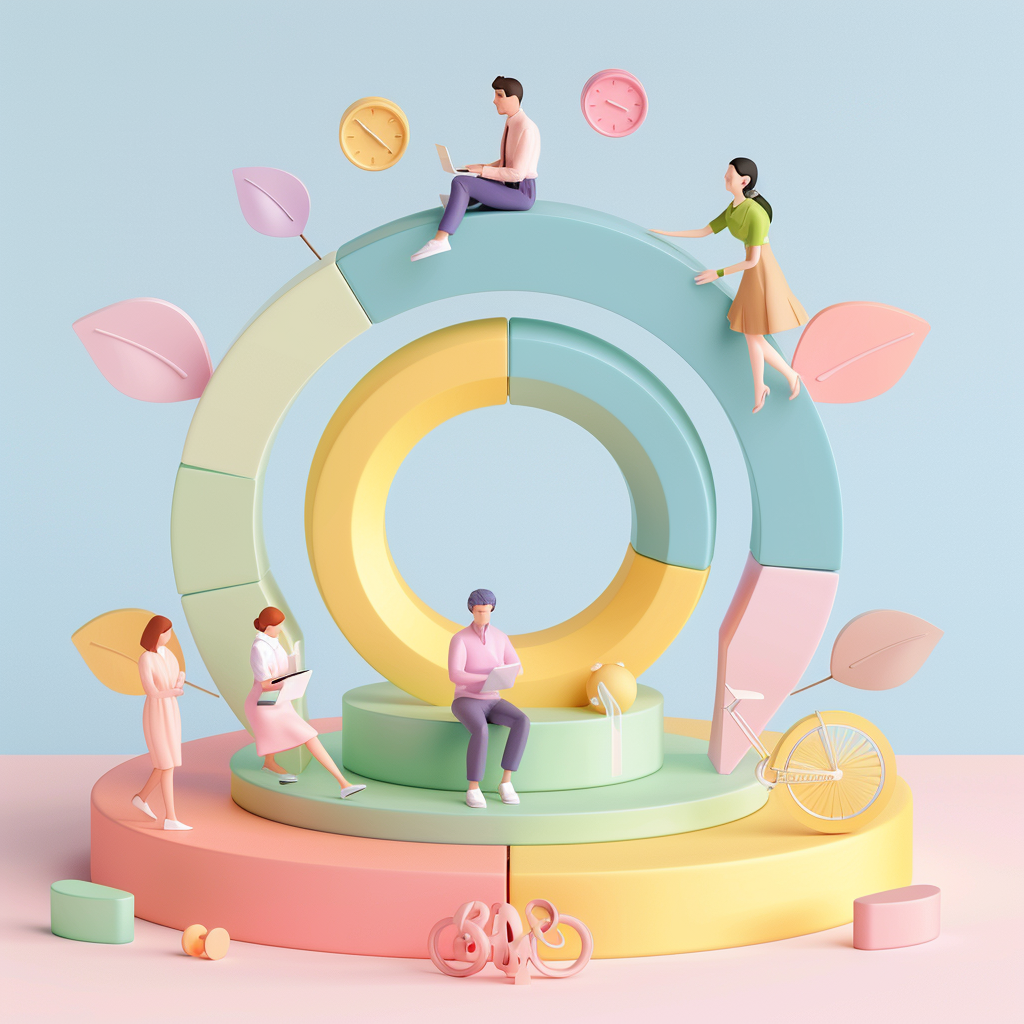



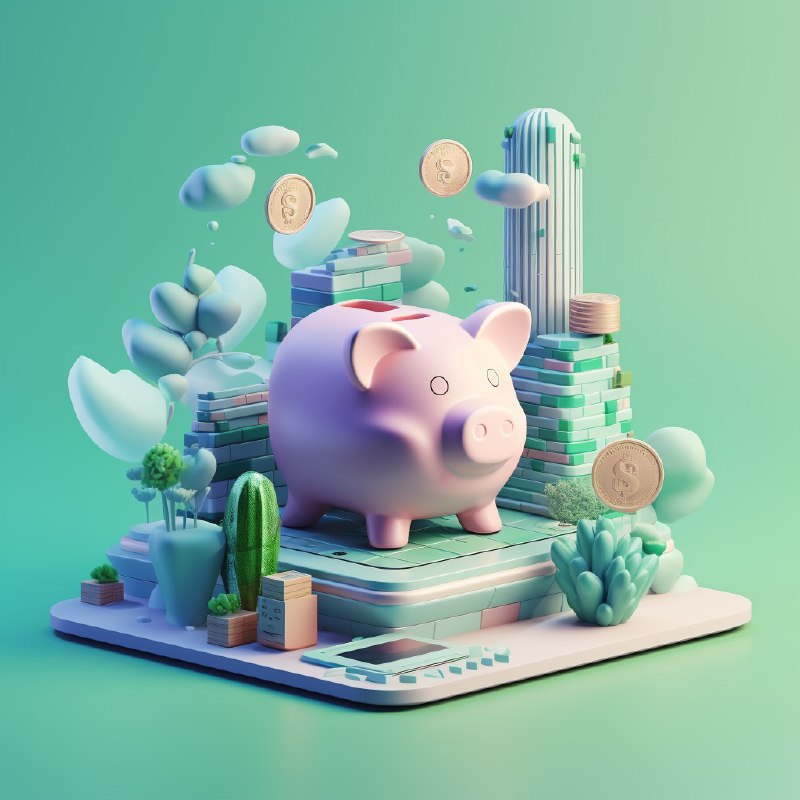




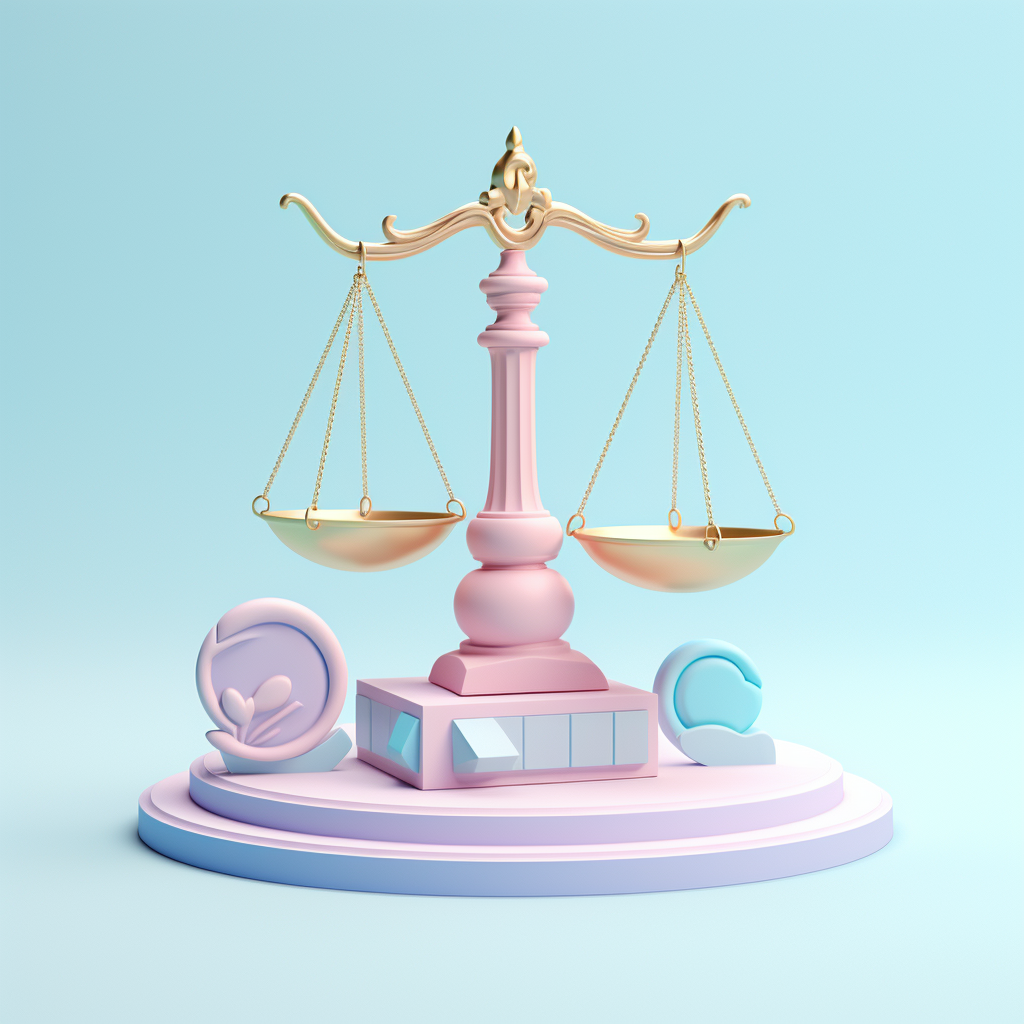
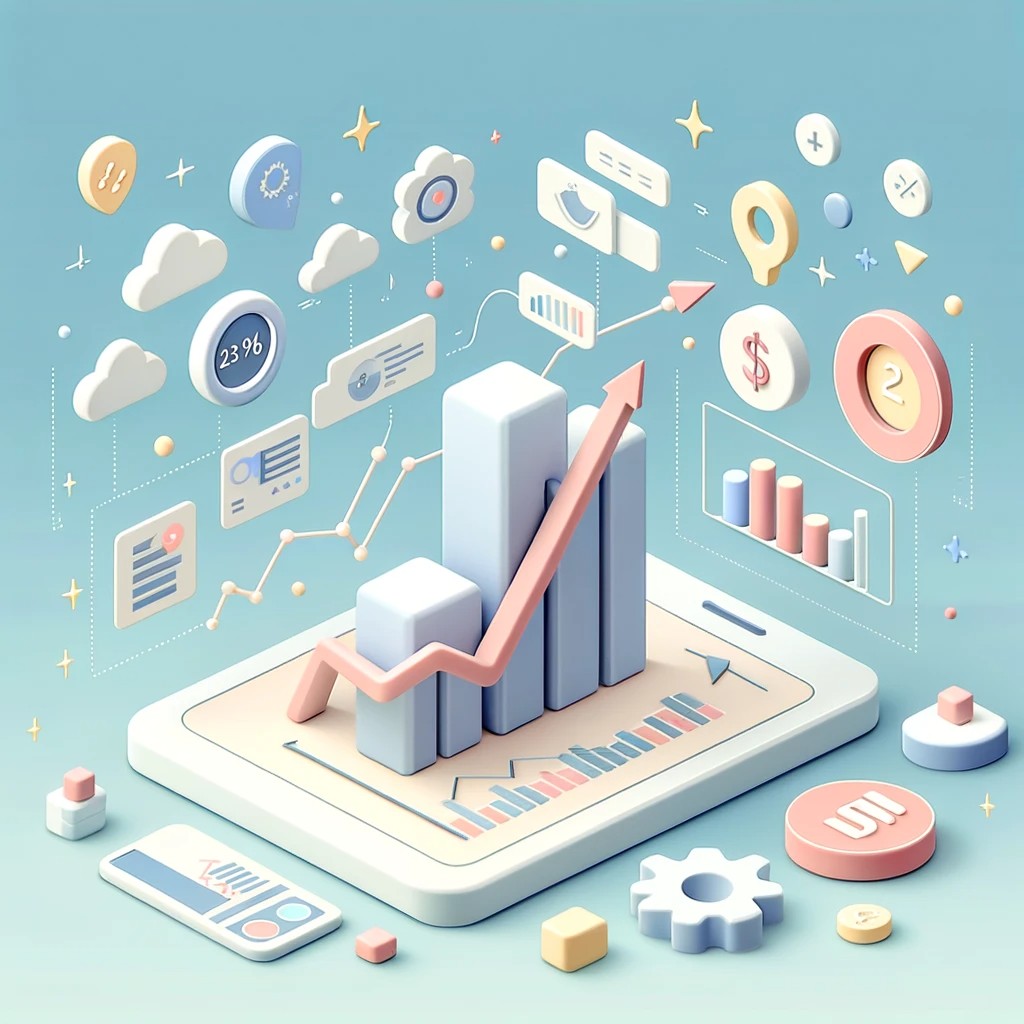
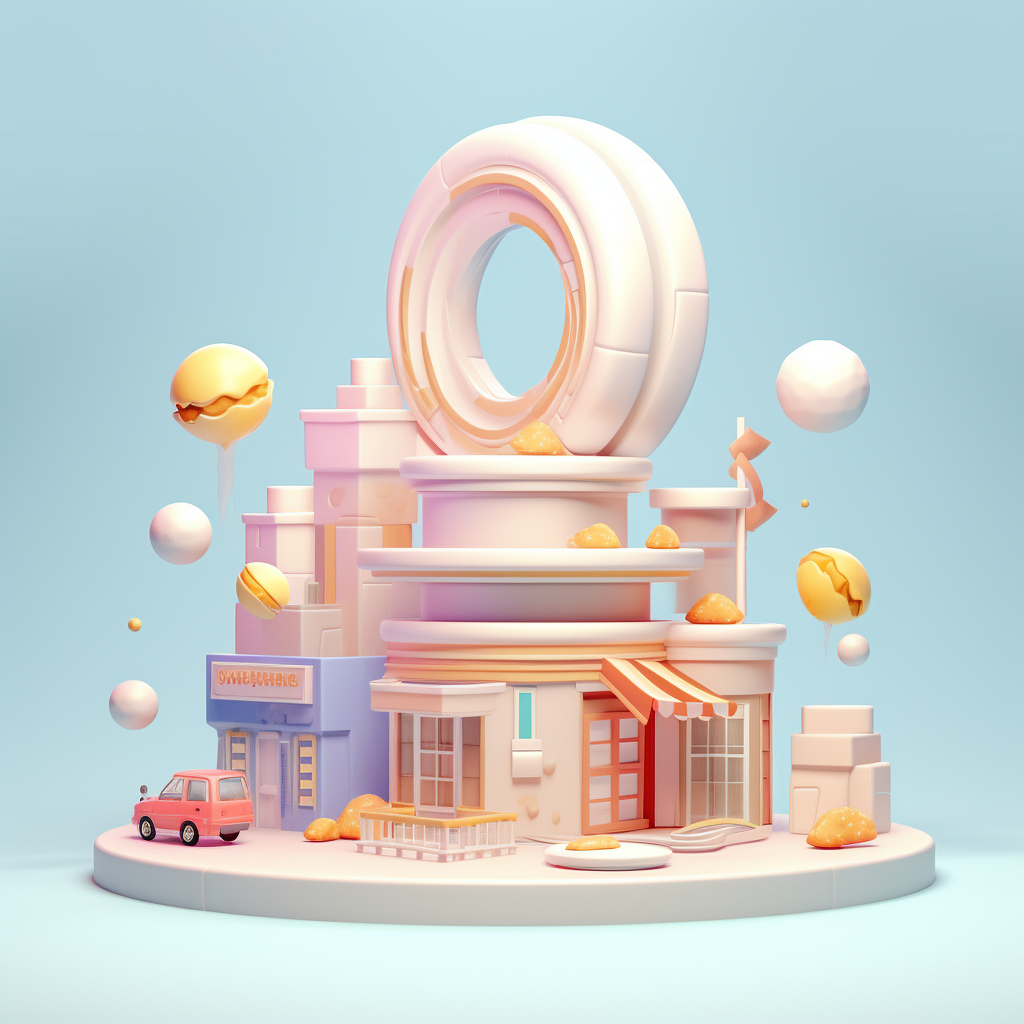

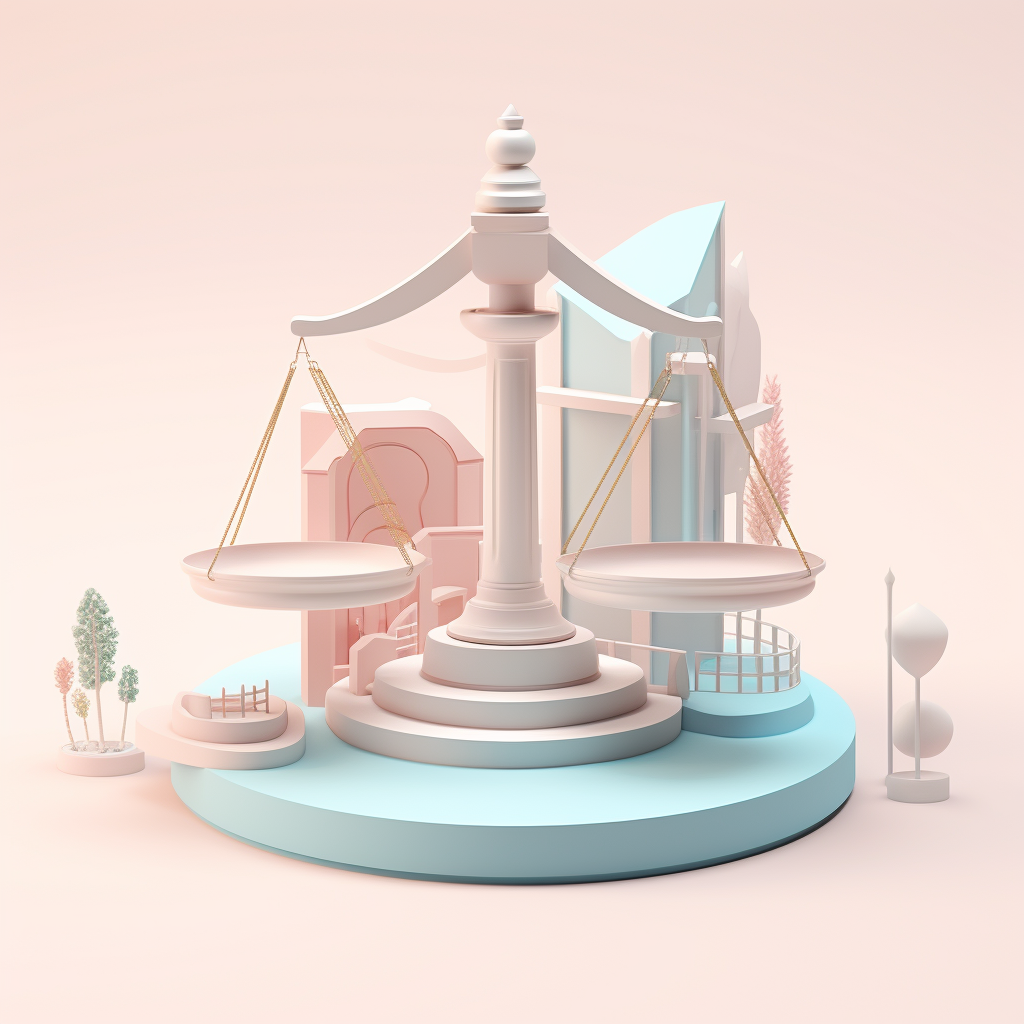


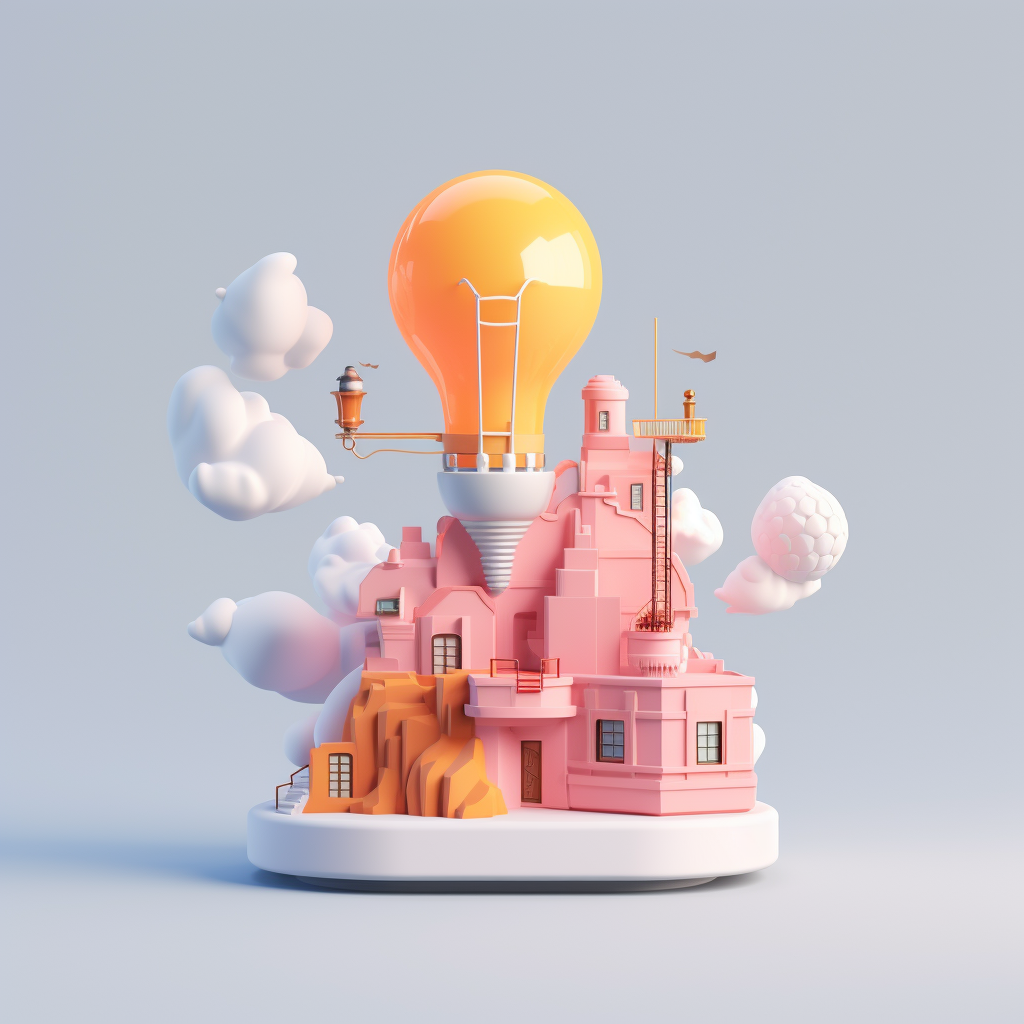



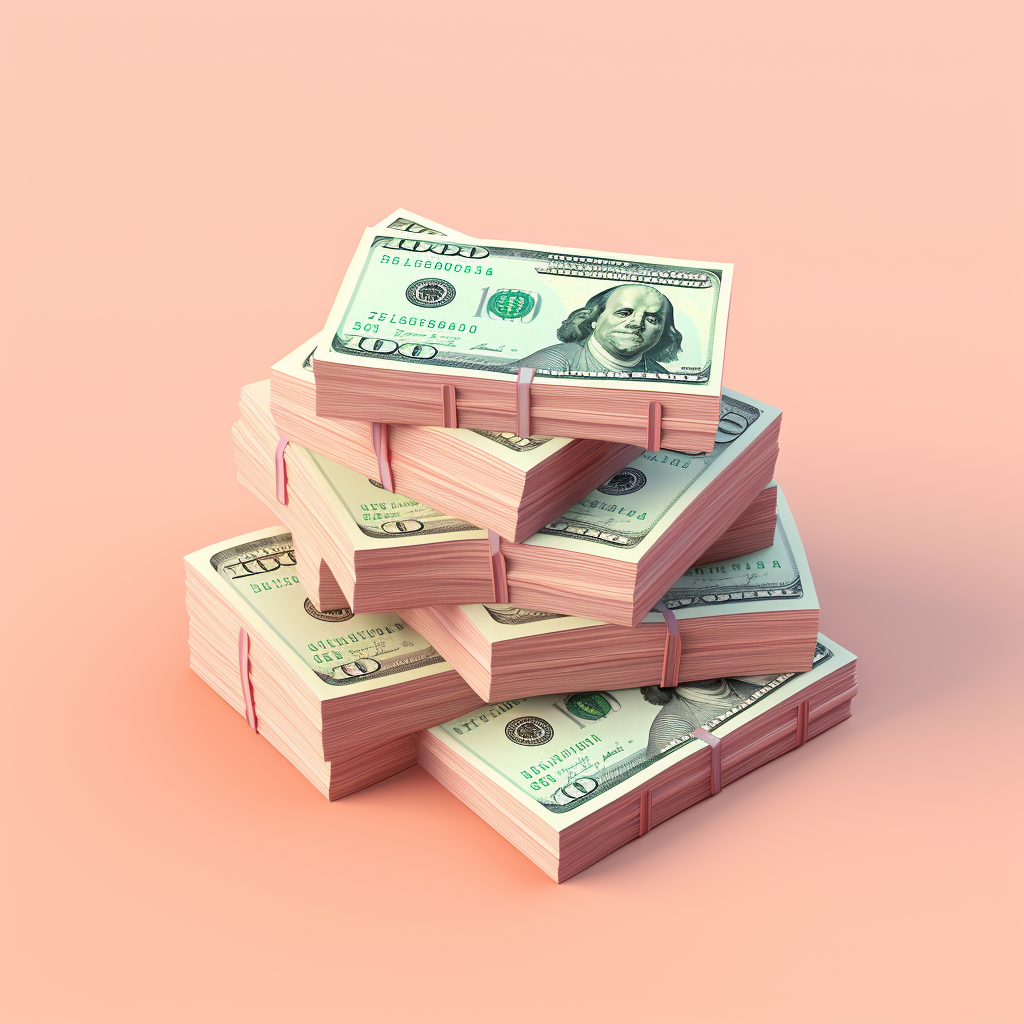
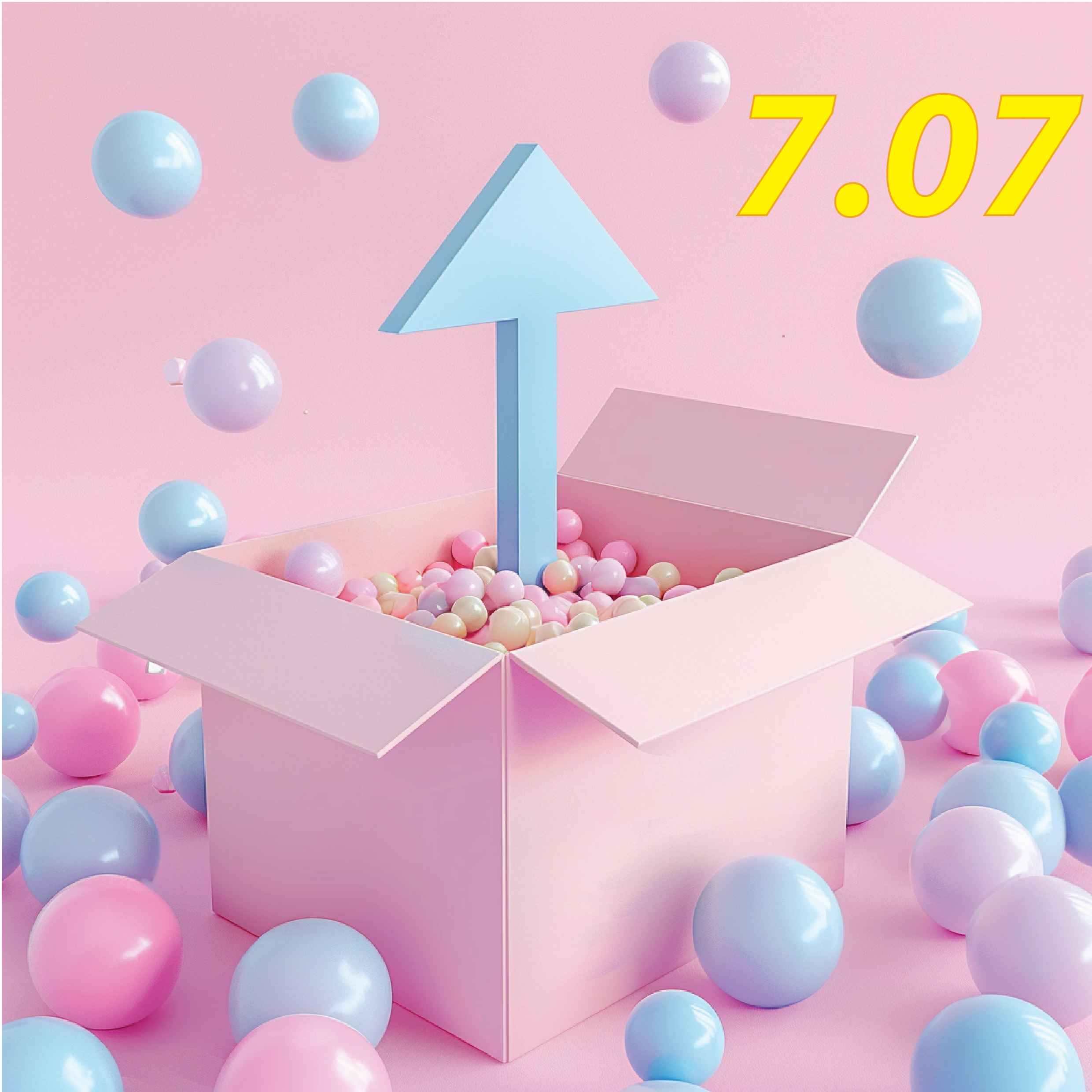


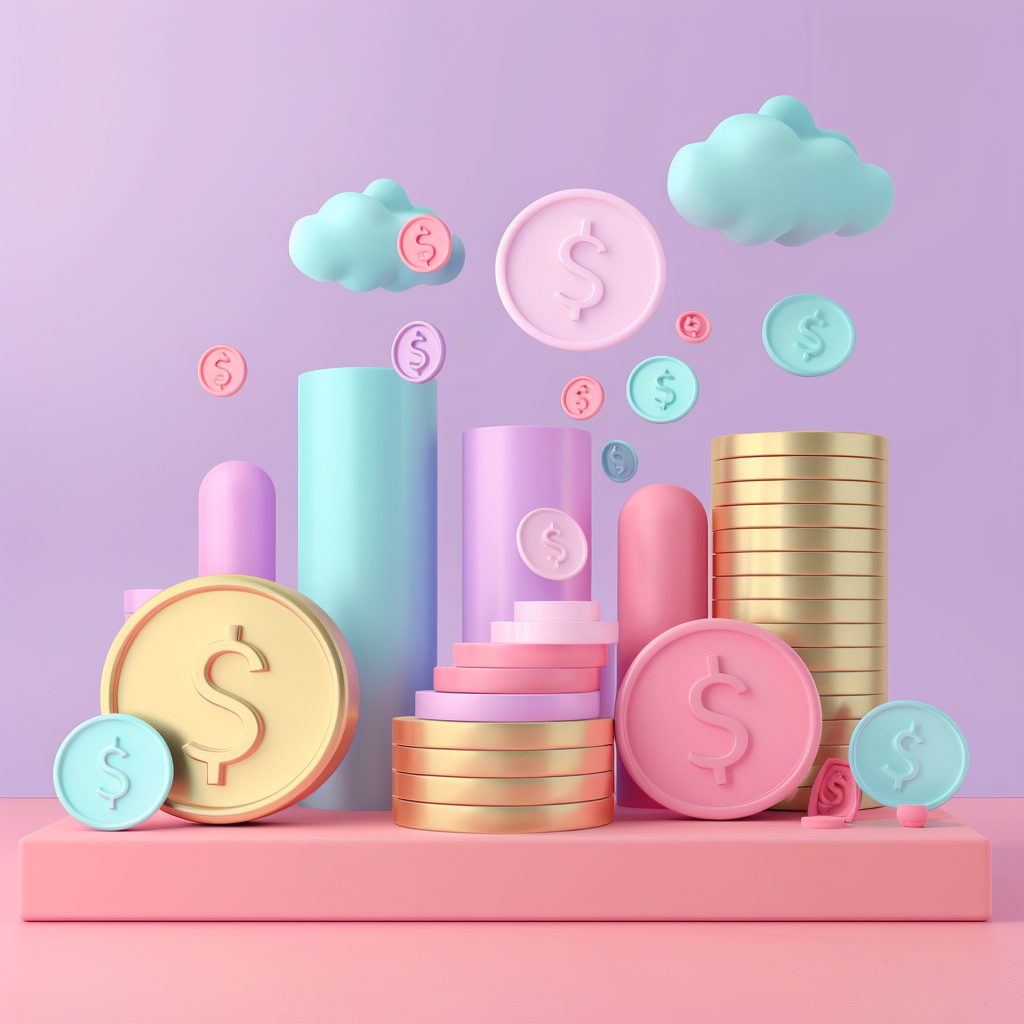
















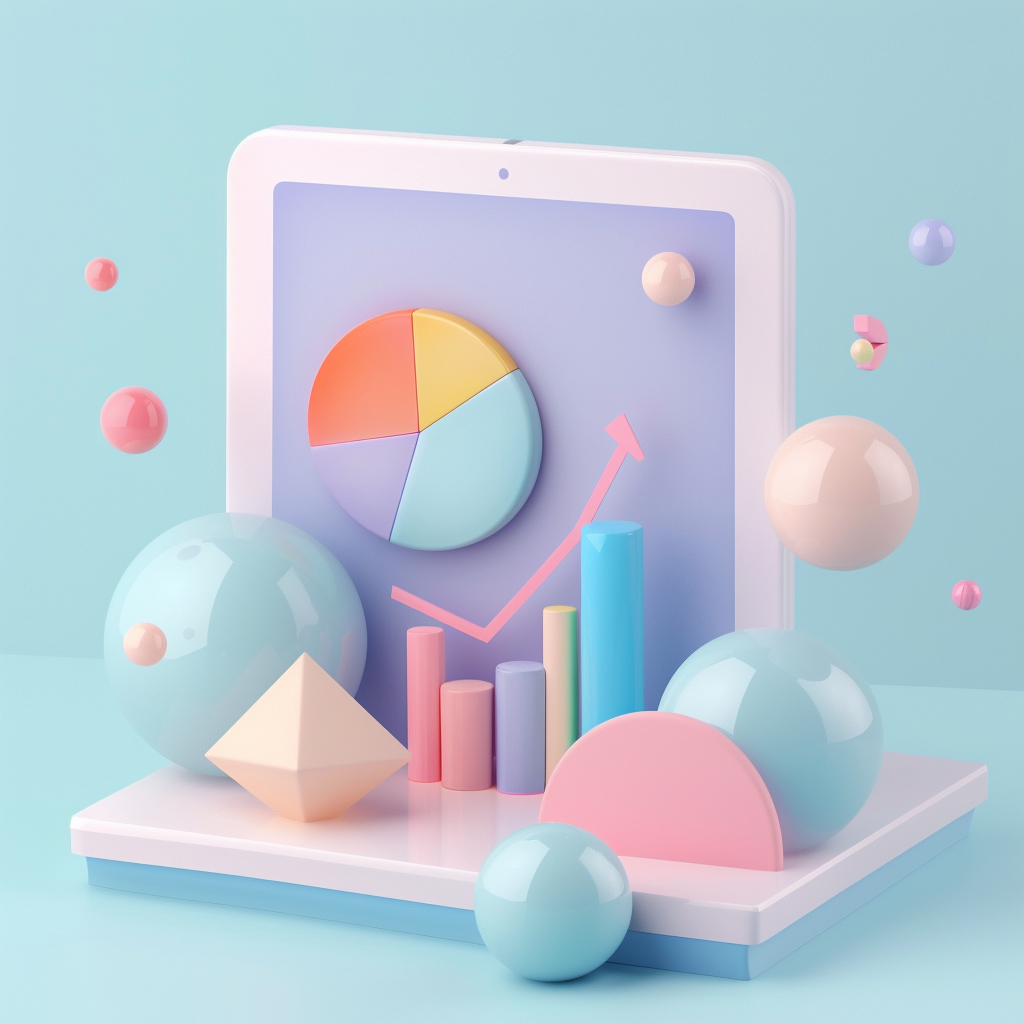






































.png)





.png)







